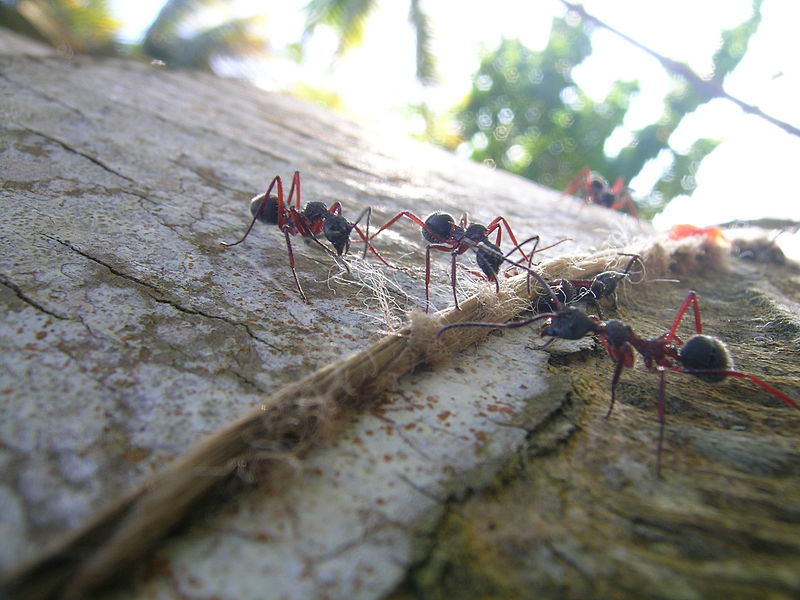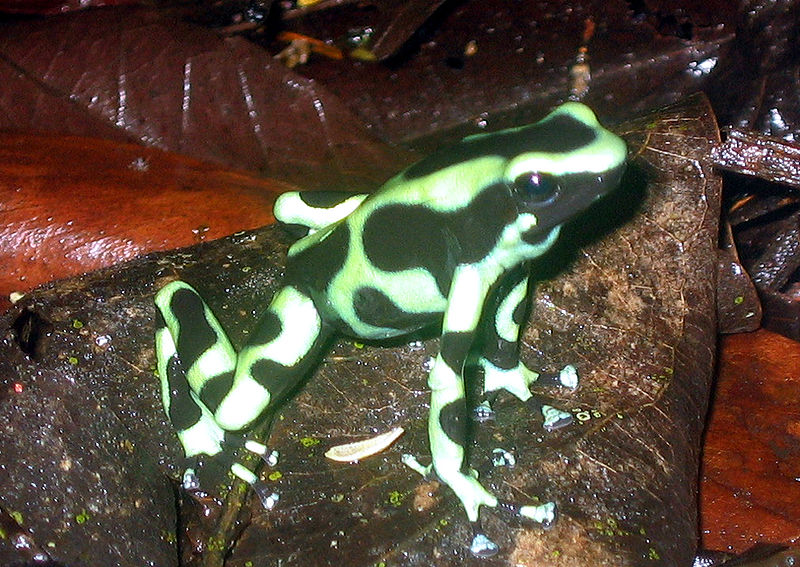 Drawn by uneaten food, shed skins and other organic material, ants sometimes become pests around reptile, amphibian and invertebrate collections. As pesticides are harmful to humans and other creatures alike, eliminating ants in areas used by pets and people takes some care. Today I’d like to highlight a substance that I used with great success in various zoos, and which works equally well at home – diatomaceous earth.
Drawn by uneaten food, shed skins and other organic material, ants sometimes become pests around reptile, amphibian and invertebrate collections. As pesticides are harmful to humans and other creatures alike, eliminating ants in areas used by pets and people takes some care. Today I’d like to highlight a substance that I used with great success in various zoos, and which works equally well at home – diatomaceous earth.
A Most Formidable Insect
Famed entomologist E.O. Wilson has demonstrated that ants “rule” many habitats, driving evolution and other processes to a degree that is hard to imagine. What little work I’ve done with them has convinced me that they are, at the very least, extremely resourceful creatures. When working with Leaf Cutter Ants (Atta cephalotes) at the Bronx Zoo, I observed a dramatic increase in egg production shortly after empty nesting chambers were added to the colony’s enclosure – the workers somehow communicated to the queen that more space was available, and more bodies were needed. This likely holds true for other species as well – killing a few dozen workers will not reduce ant numbers but instead may set up a call for more eggs! Read More »
 That Reptile Blog – Reptile, Amphibian and Exotic Pet Care and Information
That Reptile Blog – Reptile, Amphibian and Exotic Pet Care and Information




